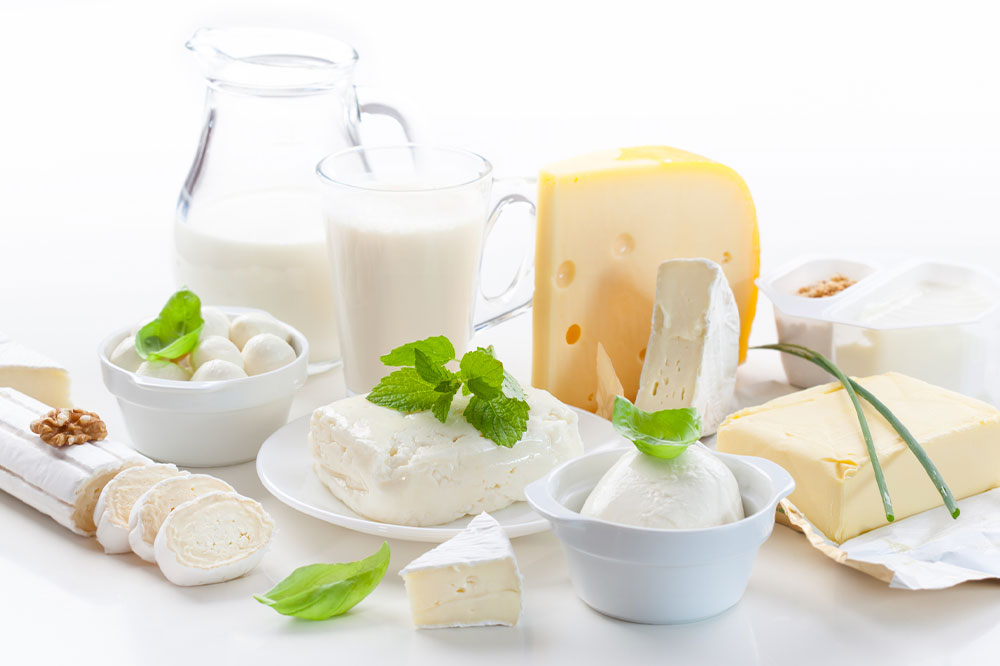
6 worst foods for those with Crohn’s disease
No one other than a Crohn’s disease patient can understand how disturbing a flare-up can be. With symptoms like cramping, diarrhea, and stomach ache, one can feel so miserable that all their plans are bound to be ruined. However, that is not all. Some speculations further complicate that specific nutritional can further worsen the symptoms, making it essential to know about avoidable foods for preventing Crohn’s disease flare-ups.
Crohn’s disease – Foods to avoid
Note that not much has been studied or discovered about the precise link between Crohn’s disease and food habits. Not all Crohn’s patients are affected by the same set of foods. Consequently, there is no one size fits all meal regimes for those with Crohn’s disease. Here are a few foods that a patient with Crohn’s disease must avoid, specifically when they experience a flare-up:
Whole grains
The first and foremost thing a patient with Crohn’s disease must avoid during a flare-up is fiber, of which whole grains like whole-wheat pasta, whole-grain bread, bran, and popcorn are a rich source. Fiber tends to cause a lot of traffic along the GI tract, leading to irritation and inflammation in someone undergoing a Crohn’s disease flare-up.
Beans
For ordinary people, Beans serve as a rich source of nutrients. However, for those experiencing Crohn’s disease symptoms, Beans fall within the category of most harmful foods because of the high fiber content.
High-fiber foods
Most patients with Crohn’s disease are paranoid about having veggies and fruits as they feel that their bodies cannot digest so much of nutrients. However, such a perception is far from the truth, as the only time patients with Crohn’s disease must be careful about their nutrition intake is during a flare-up. Besides, it is better to opt for cooked veggies than raw ones to ease digestion. Also, ensure that none of the vegetables and fruits have their skins and seeds intact.
As far as the fruits are concerned, make sure to choose something on the lighter side, like craned pears or bananas, instead of those with high fiber content like apple or raspberries, as they are notable for their gas-producing properties.
Seeds and nuts
Because of their sharp edges, seeds and nuts tend to be harsh on the stomach, often leading to irritation along the GI tract lining. However, specific patients with Crohn’s disease have shown symptoms of tolerance for seeds and nuts. For such patients, it is recommended to perform some trial and error with sesame tahini and smooth peanut butter to avoid missing out on essential nutrients.
Caffeine
Caffeinated drinks are explicitly noted for causing triggering or increasing a wave-like motion of the gastrointestinal tract. Consequently, the waste materials inside the stomach are pushed forward to go out of the system. That is why people experiencing a Crohn’s disease flare-up with diarrhea need to avoid caffeine at all costs to prevent the symptoms from worsening.
Sweeteners
Drinks like lemonade, fruit juice, and soda tend to contain a lot of sugar, which is another notable enemy of people experiencing a Crohn’s disease flare-up and diarrhea. Besides sugar, even substitutes can be harmful during active symptoms. To avoid having foods with sugar substitutes, make sure to do away with sugarless candy, gum, and specific drinks.
Do not forget to check the food label before having any sugarless sweet-tasting food. Discard these items if the product label contains names like maltitol, sorbitol, and xylitol, as they are hard to digest and can cause stomach issues like gas, diarrhea, and bloating.
Not all foods have the same reactions in a patient with Crohn’s disease. A bit of sleuthing is needed to know which foods can be considered for one’s meal plan. Maintaining a food journal is a great way determine triggers. Besides that, it is essential to consult an appropriately qualified health professional to ensure that the body receives ample nutrition despite excluding specific foods from the eating habits.


